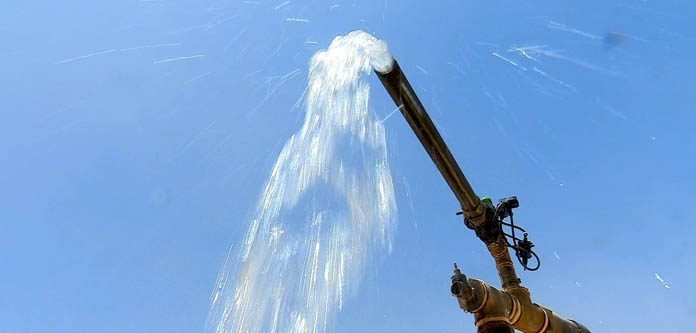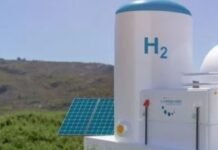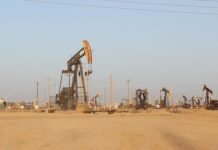The government of Kenya is in talks with Spain’s Almar Water Solutions to build a desalination plant in drought-stricken Turkana region. The desalination plant would be built on top of the Lotikipi Basin Aquifer and is expected to cost anything between US $50 million to US $96 million.
The Lotikipi aquafier was discovered in 2013 with 200 billion cubic meters of water, enough to supply the entire country’s population for 70 years but in an unfortunate turn of events, a government report in 2015 showed the water was unfit for human consumption after it was revealed that it was too saline.
The Lotikipi Basin Aquifer is 4,164 square kilometers in the northwest region of Kenya extending near the borders of South Sudan, Ethiopia, and Uganda. It is situated about 300m below the surface.
Early this year, Alma water solutions was awarded the contract to construct a desalination plant with a capacity of 100,000 m3 per day in Kenya’s coastal county of Mombasa, costing US $160m.
READ: Mombasa County awards construction of two seawater desalination plants
According to the director of water services in Turkana, Tito Ochieng, the project is in the validation stage where the investor is looking into a business plan that would see the water being sold to water companies while locals would enjoy subsidized access.
Turkana county is a drought-stricken area sitting on top of a vast reservoir of salty water. About 80% of people living in the region have no access to UN recommended 5 liters of drinking water.
UN Resolution explicitly recognizes the human right to water and sanitation and acknowledges that clean drinking water and sanitation are essential to the realization of all human rights. It calls upon States and international organizations to provide financial resources, help capacity-building and technology transfer to help countries, in particular developing countries, to provide safe, clean, accessible and affordable drinking water and sanitation for all.





